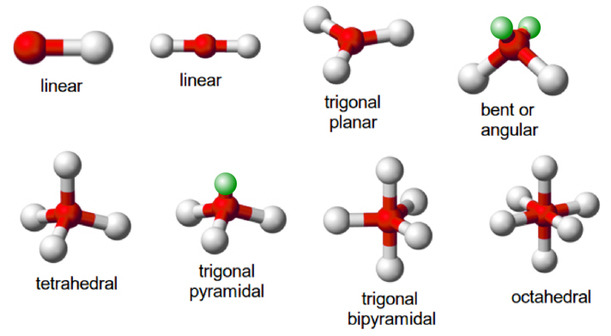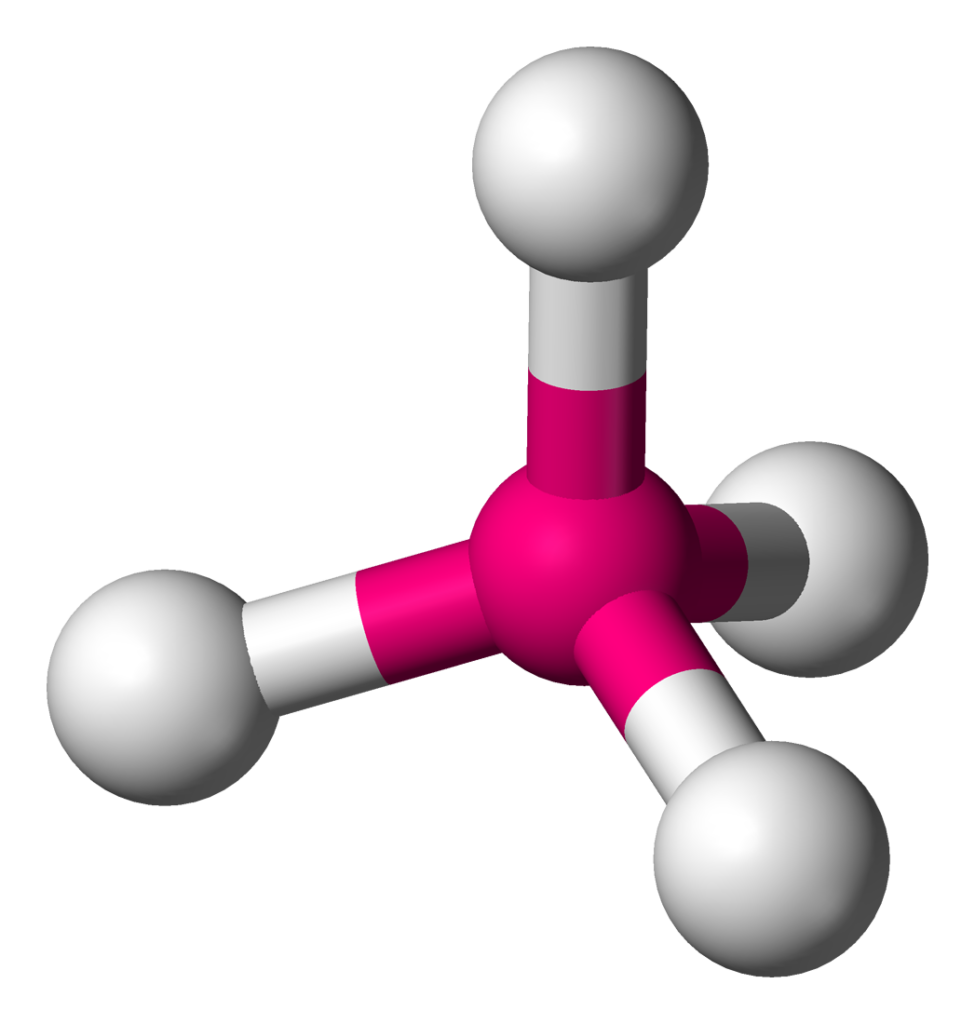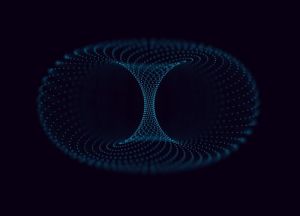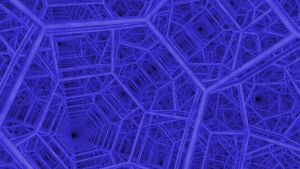Geo-Molecular Chemistry extends the concept and theory of molecular geometry to incorporate 4D and other Geometric transformations that can be used to qualify atomic processes found in chemistry, biology, and chemistry.

Overview
Have you ever pondered over the intricate workings of life and questioned how various elements and compounds interact with each other in our environment? Meet geochemistry, a fascinating discipline that extends the traditional concepts of molecular geometry and takes us on a journey through the fourth dimension. In this blog post, we will explore the captivating world of geochemistry, uncovering its profound implications on everything from electromagnetic conductivity to the formation of proteins.

What is Geochemistry?
At its core, geochemistry delves into the atomic lattice and unveils the transformative power of various geometric structures within it. One remarkable example is the extended jitterbug, a geometric transformation that gives rise to diverse effects such as electromagnetic conductivity, resistance, and thermal qualities. Fascinatingly, this is just the tip of the iceberg.
Geo-Biology extends the concept found in Geo-Ecology into the biosphere. It provides a fascinating solution to the breaking of triple nitrogen bonds by bacterium, a process that is central to life, and yet still remains a complete mystery from the traditional perspective.
Geometic Ecology
Moving further, we encounter the geo ecological model, an extension of geochemistry firmly grounded in the understanding of the five biogeochemical cycles that power life on our planet. By drawing a parallel between these cycles and a nested set of five Platonic Solids, we gain valuable insights into their behaviour and dynamics as observed through experimentation.

Books out now
Hello Geometry & Geometric UNiverse
Filled with intricate illustrations, our books offer a concise exploration of the Multidimensional Universe, challenging our understanding of space, time, and existence.
5 geobiochemical cycles
The entire ecosystem is powered by 5 biogeochemical cycles. The first and most recognizable cycle is the water cycle, built around a tetrahedral molecule with an oxygen atom at its centre and two hydrogen atoms on each corner. It plays a crucial role in the transport and distribution of water across the planet, nurturing and sustaining life in its wake.
Next in line is the carbon cycle, which thrives through the interplay between trees, biological life, and the formation of organic matter. This cycle reveals the tetrahedral nature of the methane molecule, composed of a carbon atom at its centre and four hydrogen atoms at each corner. Understanding these molecular structures sheds light on the fundamental building blocks of organic structures.
The nitrogen cycle, on the other hand, encompasses a fascinating process called nitrogen fixation, in which bacteria play a pivotal role in transforming diatomic nitrogen into bioavailable molecules. This cycle is characterized by the tetrahedral molecule of ammonia, centred around a nitrogen atom with three hydrogen atoms at each corner.
The sulphur and phosphorus cycles emerge from the depths of the Earth and form sulfate and phosphate molecules as they reach its surface. In this case, the tetrahedral structure takes a different form, with an oxygen atom replacing the hydrogen atom. Acknowledging this geometric transformation is crucial in understanding the prerequisites for life to flourish.


Biological life can be seen as the transition of diatomic molecules from a line into a tetrahedron.
Geometric Biology
This realisation launches us into the realm of Geo-biology, where we begin to decipher the intricate workings of life through the transformation of geometric space. While molecular biology incorporates certain aspects of geometry, the 4D version of geometric chemistry presented by geochemistry delves much deeper, examining these geometric structures from a fourth-dimensional and higher perspective.
This powerful system of chemistry offers a tactile and straightforward approach to understanding complex biological enigmas. For instance, it unveils the secrets behind seemingly miraculous processes like the splitting of a triple nitrogen bond by bacteria, which is a fundamental step in the formation of life-sustaining proteins.
THE
Conclusion
Geochemistry revolutionises our perception of molecular geometry, extending it beyond three dimensions and unravelling the secrets of life’s building blocks. By exploring the geometric transformations and their profound effects within the atomic lattice, we gain a comprehensive understanding of our environment’s behaviour and dynamics.
Harmonic Chemistry
Unlocking the secrets of the periodic table through musical resonance.
Carry On Learning
This article is part of our new theory, Geometric Chemistry
browse more interesting post from the list below


S-orbital Geometry
S-orbitals form the only set of elements occupying a spherical shell. Whilst quantum theory suggests it is ‘only applicable’ to these types of atom, investigation of the atomic radius shows a discrepancy of over 100% for some elements.

D-Orbital Geometry – Part 2
The 2nd set of D-orbitals contain various anomalies that are explained by the Geometric model of the atom. Part 2 of 3.

Brillouin Zones and the geometry of Ferromagnetic and Electrically Conductive Waves
The idea that electrons moving though a wire produces electrical flow was disproven over 100 years ago. The Brillouin Zones are used to map the electron waves, which exhibits a particular geometric structure.

